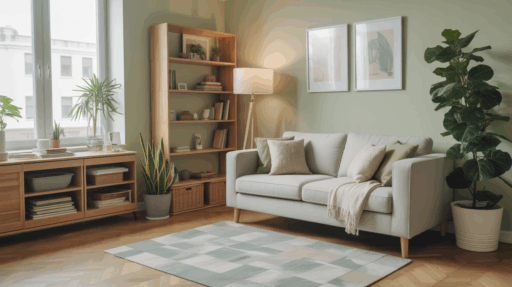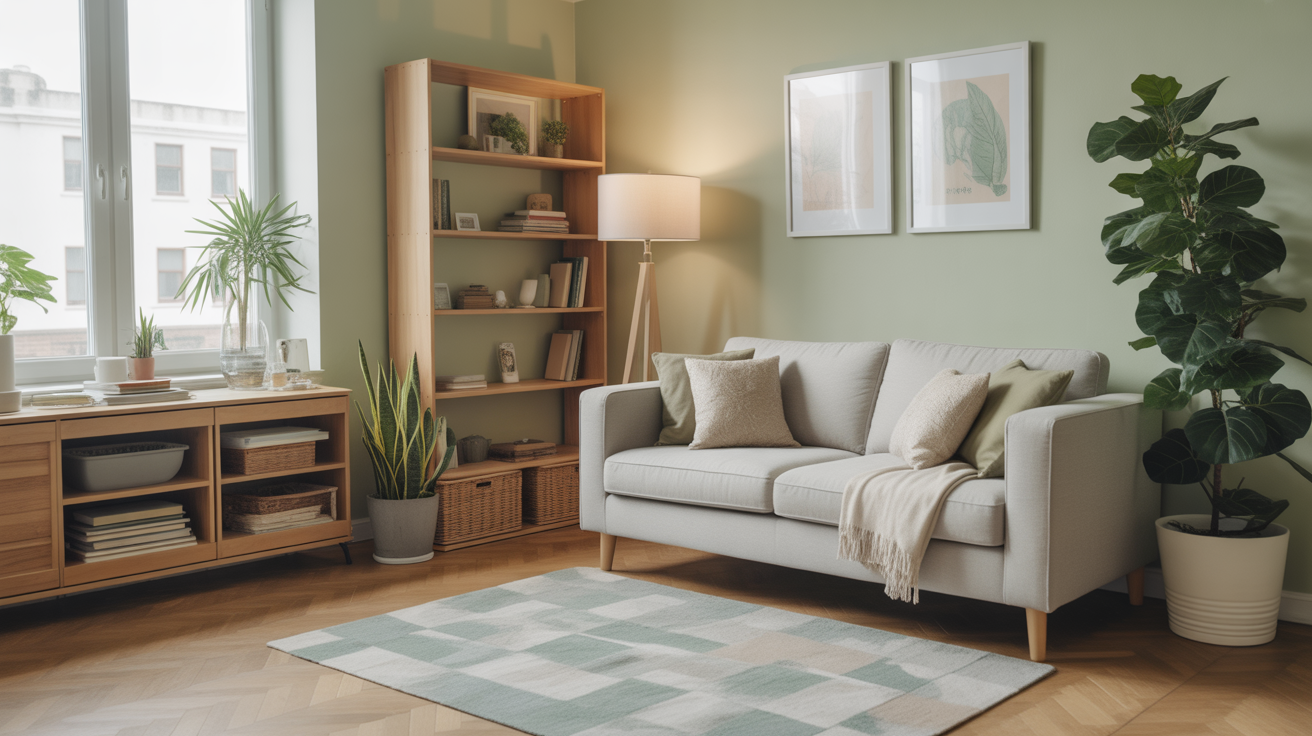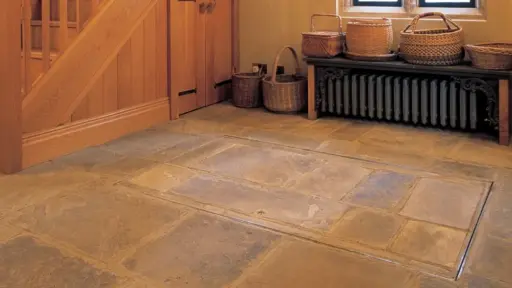For college students who care about the environment, finding ways to live more sustainably often means working around tight budgets, shared spaces, and housing rules. While home ownership allows for full-scale renovations, student housing presents different challenges. Still, many small changes can lead to meaningful environmental benefits without requiring long-term commitments or major investments.
Students are often juggling academics, part-time work, and tight schedules. It can be hard to prioritize sustainability when you are also looking for a fast essay writing service online or trying to organize your semester. But a more eco-friendly lifestyle does not have to be time-consuming or expensive. The key is to make intentional, manageable changes that align with your living space and daily routine.
This guide highlights practical, student-friendly home improvement ideas that lower environmental impact while staying realistic for rentals, dorms, and short-term housing.
Start With Energy Efficiency Basics
Energy consumption is one of the easiest areas to improve in student housing. Small upgrades and behavioral changes can reduce electricity use and lower utility bills without altering the property.
Start by replacing any incandescent or halogen bulbs with LED options. These use significantly less energy and last much longer. If you cannot change permanent fixtures, consider using a small LED desk lamp for most tasks. Unplugging devices when they are not in use, especially chargers and power strips, also prevents energy waste through “phantom load.”
If your room feels drafty, use removable weatherstripping on windows or door edges. This low-cost solution keeps your space more comfortable and reduces heating or cooling waste. Blackout curtains or thermal blinds also help insulate windows and give you better temperature control.
Choose Sustainable Furnishings and Supplies

Furniture and décor are often overlooked in sustainability conversations, but they contribute heavily to waste. Buying new, low-cost furniture might seem convenient, but many inexpensive items are poorly made and end up in landfills within a year or two. Instead, opt for second-hand options or upcycled materials whenever possible.
Online marketplaces, campus swap groups, and local thrift stores often have affordable furniture in good condition. Even small items like organizers, lamps, or rugs can be found used. For added value, look for multi-purpose furniture like fold-out desks or storage ottomans.
When stocking your space with daily-use items, prioritize products made from recycled or biodegradable materials. Choose notebooks with recycled paper, refillable pens, and cleaning products that avoid harsh chemicals and excessive packaging.
Some students turn to writing services to free up time during busy semesters. If you ever need to pay to write essay assignments, you can still make sustainable choices elsewhere to keep your overall lifestyle balanced and mindful.
Reduce Single-Use Waste
Disposable products are one of the biggest contributors to environmental damage in college housing. Whether you live in a dorm with limited kitchen access or share an apartment, there are ways to reduce waste without sacrificing convenience.
Start with a few reusable basics:
- A stainless steel water bottle
- A travel coffee mug
- Reusable grocery bags
- Silicone food storage bags
- A set of bamboo or metal utensils
These items are affordable, portable, and replace dozens of single-use plastics over the course of a year. Many campuses also provide water refill stations, composting programs, or zero-waste clubs that support these habits.
If you share a kitchen, organize with roommates to limit duplicate purchases and reduce packaged food waste. Cooking in bulk, storing leftovers properly, and avoiding overbuying perishables all help cut down on food-related landfill contributions.
Improve Air Quality Indoors
Sustainable living includes personal health. Poor indoor air quality can affect sleep, concentration, and general well-being. Student housing often lacks proper ventilation, especially in older buildings or small rooms.
To improve your space, start by adding air-purifying plants such as pothos, snake plants, or peace lilies. These varieties are low-maintenance and can help filter indoor toxins. Be sure to check that any plants you select are safe for pets if you have them.
Regularly vacuuming, dusting, and opening windows when weather permits also helps cycle out stale air. Use natural cleaning products without synthetic fragrances to reduce airborne irritants.
For extra filtration, a compact HEPA air purifier can be a smart investment, especially in urban campuses or during seasonal allergies. Many models are energy-efficient and fit easily into dorm or apartment layouts.
Make Laundry and Water Use More Efficient
Laundry routines are another area where small shifts create lasting benefits. Always wash full loads, use cold water, and air dry when possible. A collapsible drying rack is inexpensive and ideal for dorms or shared laundry spaces.
Install a low-flow showerhead if your lease allows it, or use a simple timer to shorten showers. Turn off the tap when brushing your teeth or washing dishes. These changes lower your water usage without requiring major effort or lifestyle changes.
Final Thoughts
Sustainable living in college does not require owning a home or spending heavily on upgrades. With creativity and consistency, students can reduce waste, conserve energy, and build long-term habits that benefit both the environment and their daily life.








